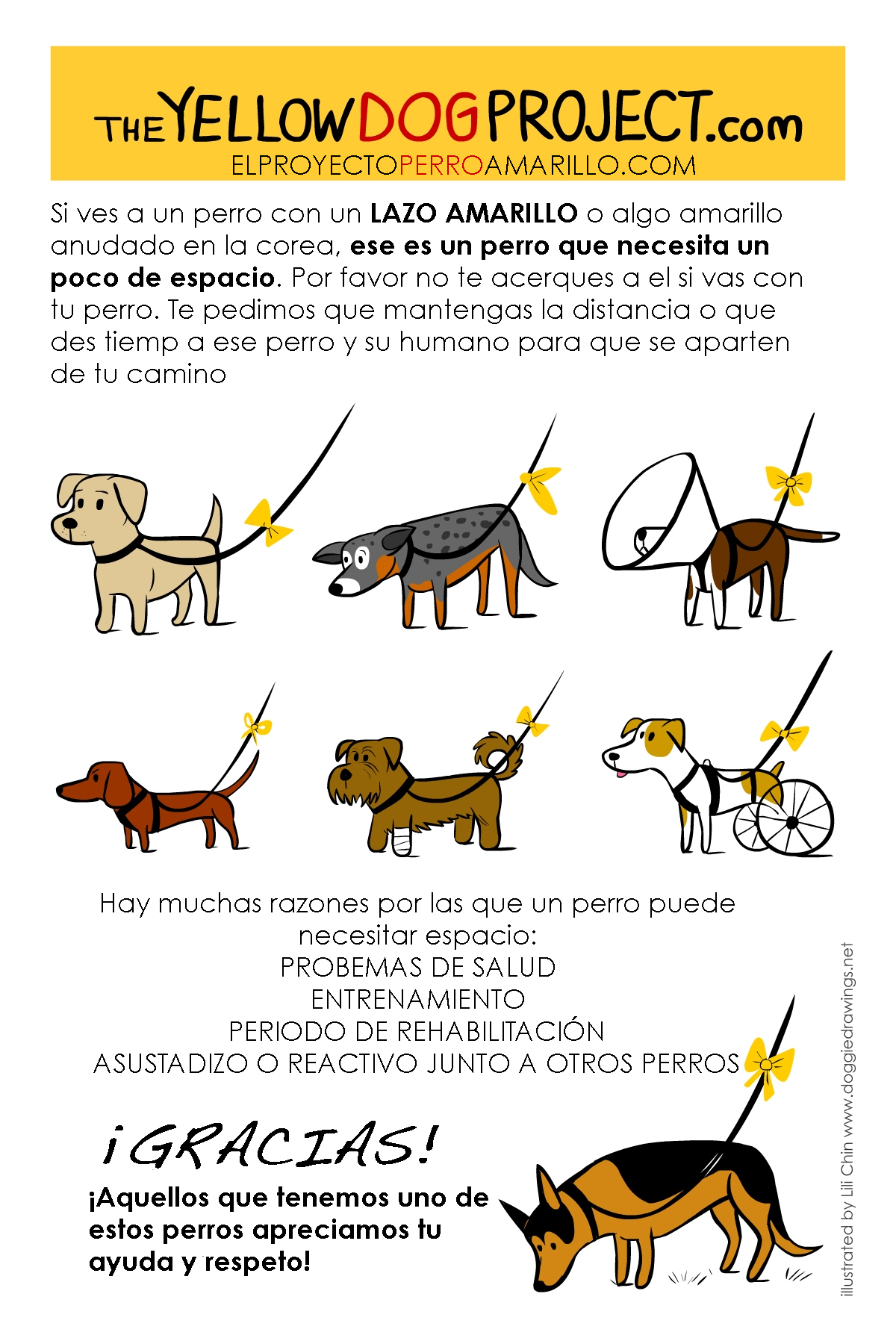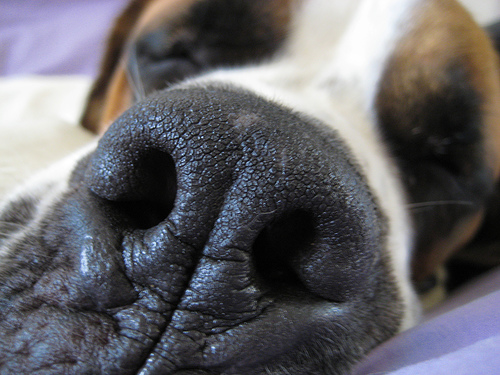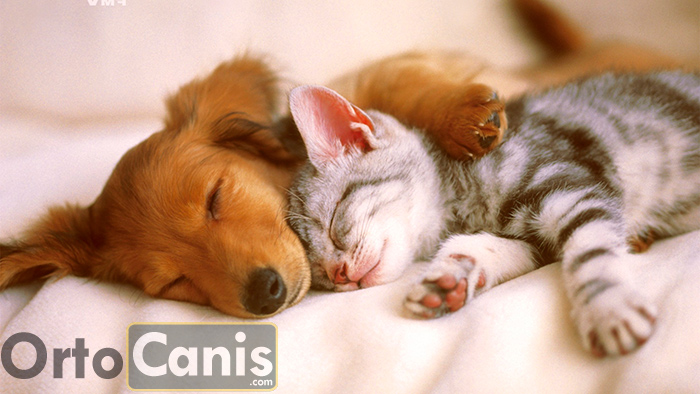
- The differences in character with dogs are evident.
- They can spend more hours without their owners, without being distressed or suffering from anxiety.
- Cats are more territorial, although this feature can be confused with curiosity.
- The cat is an independent, clean, territorial animal and a twilight hunter.
- Dangerous food for the cat – what should you never eat?
Cats are one of the favorite pets of many Spaniards and more and more homes it is easy to meet a small feline. Do their owners know how to decipher the behavior of a cat?
As with humans, it is impossible to generalize because every cat is a world. However, there are some traits common to the feline species, which may be more or less accentuated in each cat. From Consumer they explain some keys to understand some of their actions:
Tolerates loneliness more than a dog
Although felines can be independent, there are also those attached to their owners. However, in general, if a feline is compared to a dog, the difference is remarkable in that the cat tolerates loneliness better: it can spend more hours without its owners, without being distressed or suffering from anxiety.
It is a mistake to associate the fact that a cat is indomitable with being ariscoUs feline can be up to three days alone at home, as long as it has food, water, its hygienic tray and a comfortable place to sleep. However, a dog requires not only several daily walks, but also more hours than the cat in the company of its owners.
Less easy to tame
The cat’s genes predispose it to be an animal that is not easy to tame. They are solitary hunters who do not need the coexistence of the group to survive and are accustomed to getting ahead in solitude. However, the creation of breeds of hand cats of humans has favored the emphasis on their genes of characteristics such as lasociability, “says Zorriqueta, veterinarian expert in these animals.
The cat or Felis silvestris catus was incorporated into domestic coexistence with people around 9,500 years ago, later than the dog. However, it is a mistake to associate the fact that a cat is indomitable with being ariscous.
Territorial by nature
Felines have territoriality inscribed in their genes. The house in which they live with their owners is their territory and they like to have it controlled, in its entirety. The habit of the cat to climb high places, such as the back of the sofa or tables, is due to its eagerness to have an adequate perspective of its territory.
The sense of territoriality of the cat is often confused by its owners with the fact that they are curious and have an interest in browsing any novelty.
‘Selective’ caresses
The cat has a very peculiar personality. A cat will accept petting only when it feels like it, but will demand the attention of the owner whenever he wants.
The schedules of the felines are twilight, when the sun goes down they are more active and by day they sleep moreIn addition, you will have a special instinct to choose the coolest place in the house in summer and the warmest in winter, rebels when overwhelmed with pampering and attention and loves your independence. But when the cat seeks the attention of its owners, it will know how to win it over with a sound that only it emits: purring.
The particular character of the feline does not fit well with everyone. Therefore, before making the decision to share life with a cat, it is advisable to find out about its unique and particular personality.
Night Hunter
The schedules of the felines are twilight, when the sun goes down they are more active and during the day they sleep more. However, a cat acclimatizes to the habits of the human family with which it coexists and more if it is taken into account that in the domestic sphere it does not need to hunt at night to eat.
Cats can sleep 12 hours a day and even more, but during that time there are many times when they doze and stay tuned to what’s going on around them. Cats sleep based on their vital habits and amount of physical activity they perform. So felines that get bored sleep more during the day, but it does not mean that they are more sleepy than other animals, such as dogs.
Loves cleanliness
Cats’ reputation for cleanliness is due to reality: felines like to keep their bodies and environments clean. Therefore, the cat spends time licking and grooming to preserve its fur and skin without dirt.
Cats accustomed to water since puppies also willingly accept baths and touch-ups in the hairdresser. The cat’s ingrained hygienic habits are also reflected in their environment: they use the feline hygienic tray (the sandbox) to make their bowel movements and refuse to sleep or eat in smelly or dirty places.
More misunderstood
The character and personality of cats are often misunderstood by their owners. The feline’s communicative signals are commonly misinterpreted. But, the masters of the cat do not usually ask in the consultation their doubts about it, which creates misunderstandings in the coexistence with the animal.
A common problem resulting from the incomprehension of cats by owners is that laziness and drowsiness are confused with a feline disease, such as osteoarthritis. The reason is that the cat does not limp, because it is an athlete and avoids showing weaknesses as a way to protect itself against its enemies. The consequence is that the cat does not receive the veterinary treatment it needs to improve its quality of life.
In general, the character of the cat is understood worse than that of the dog. The felines are more reserved than the dogs and their peculiar personality has brought them false and cruel fames, of demons, friend of witches, of having seven lives and even giving bad fario, in the case of black cats.
Source: Diario 20 minutos
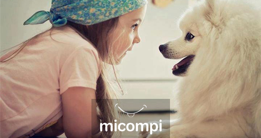









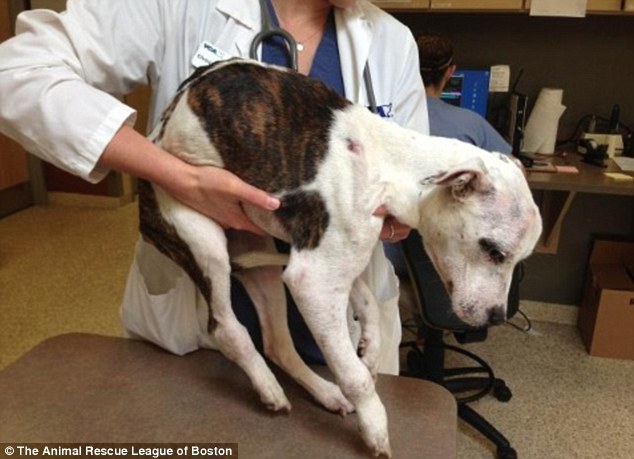
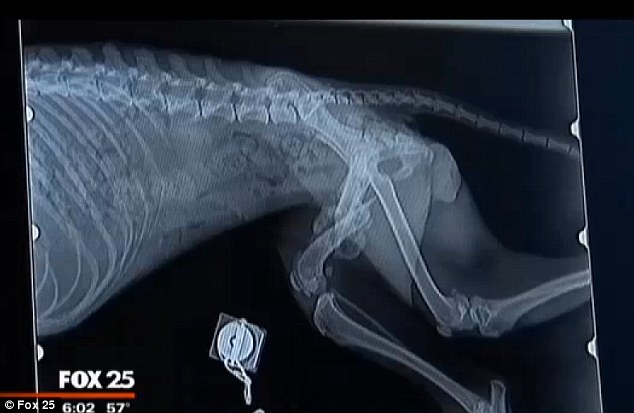

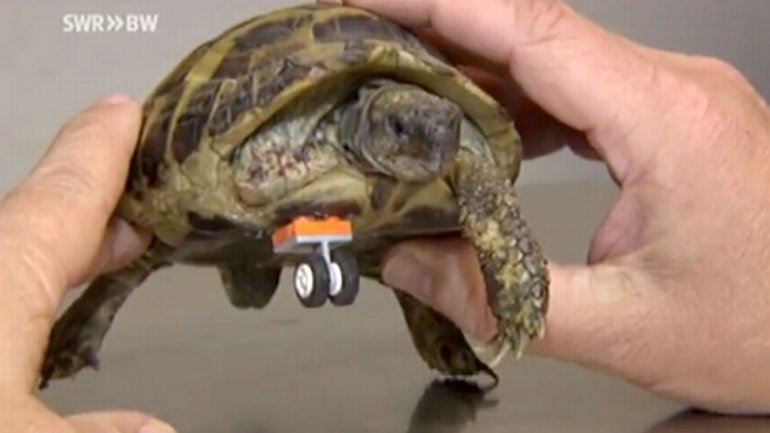


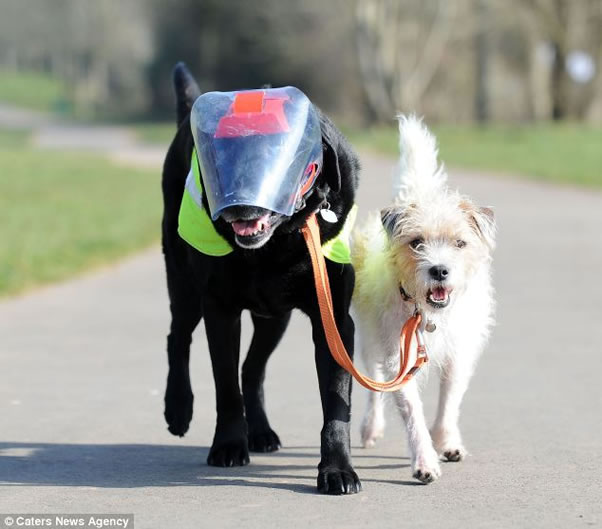

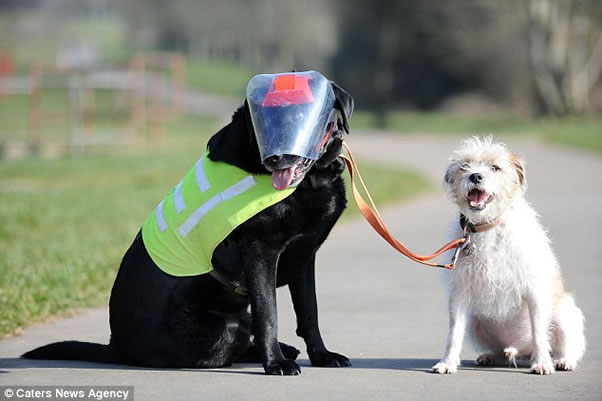
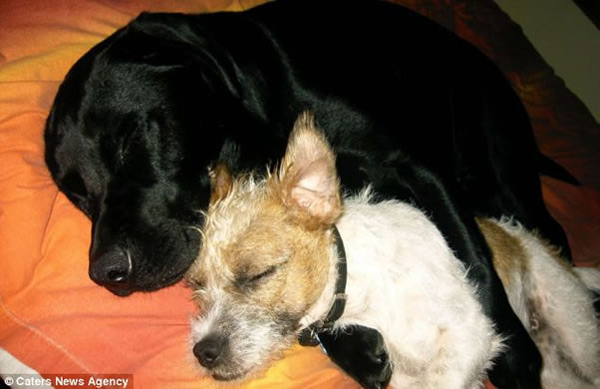


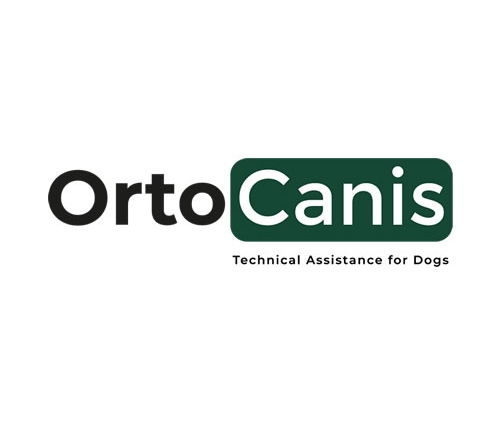
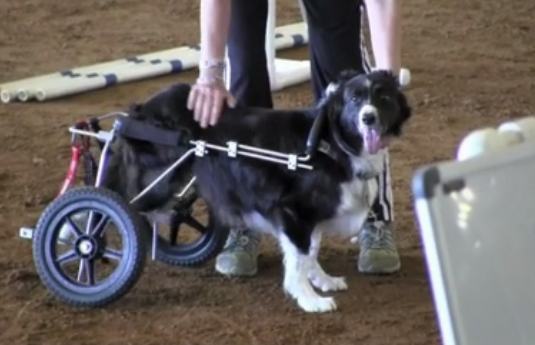

 A CNN viewer presented a
A CNN viewer presented a 